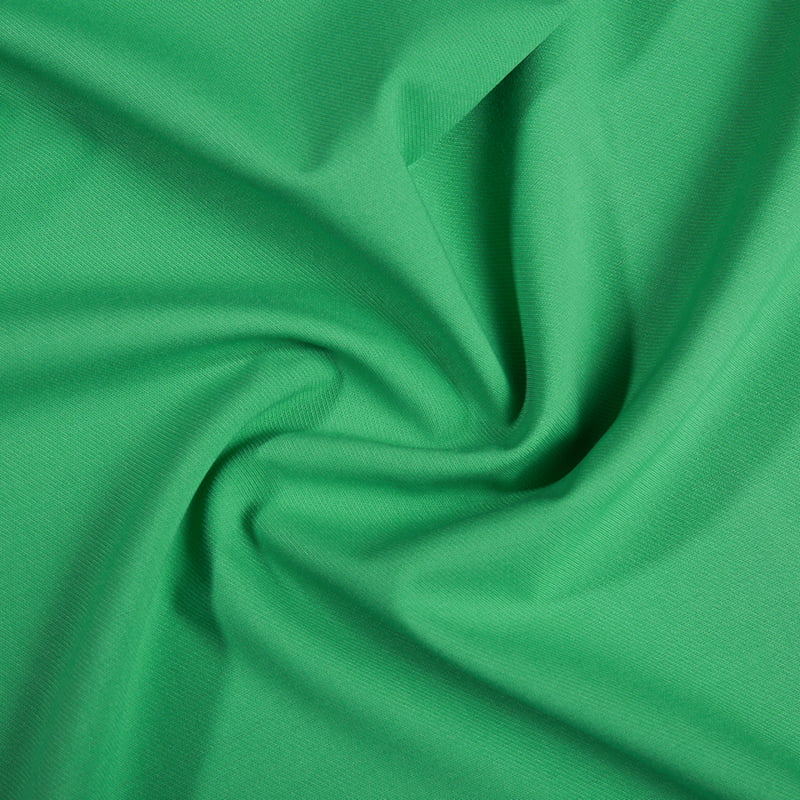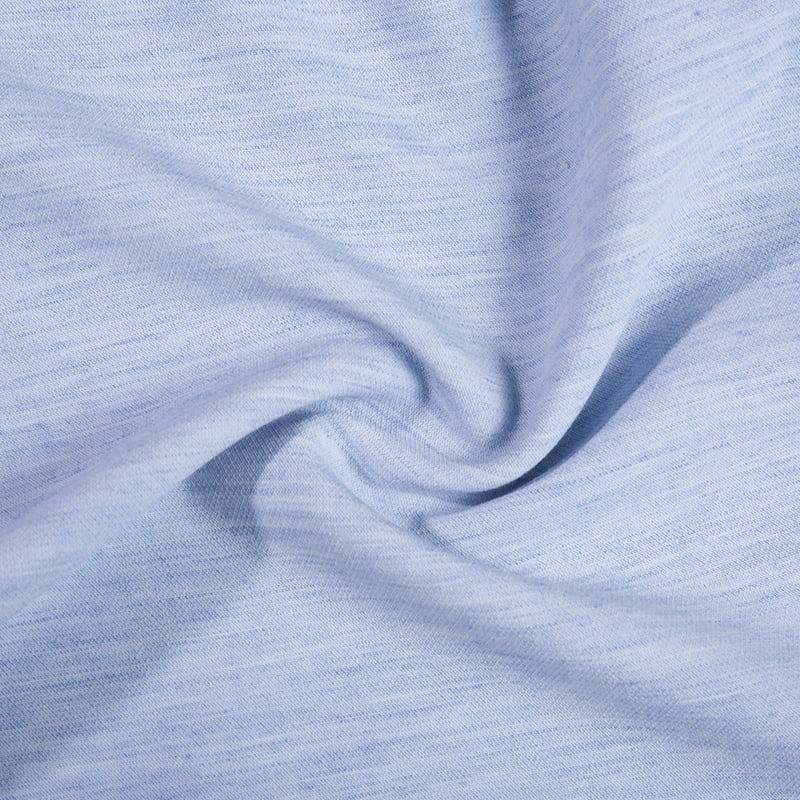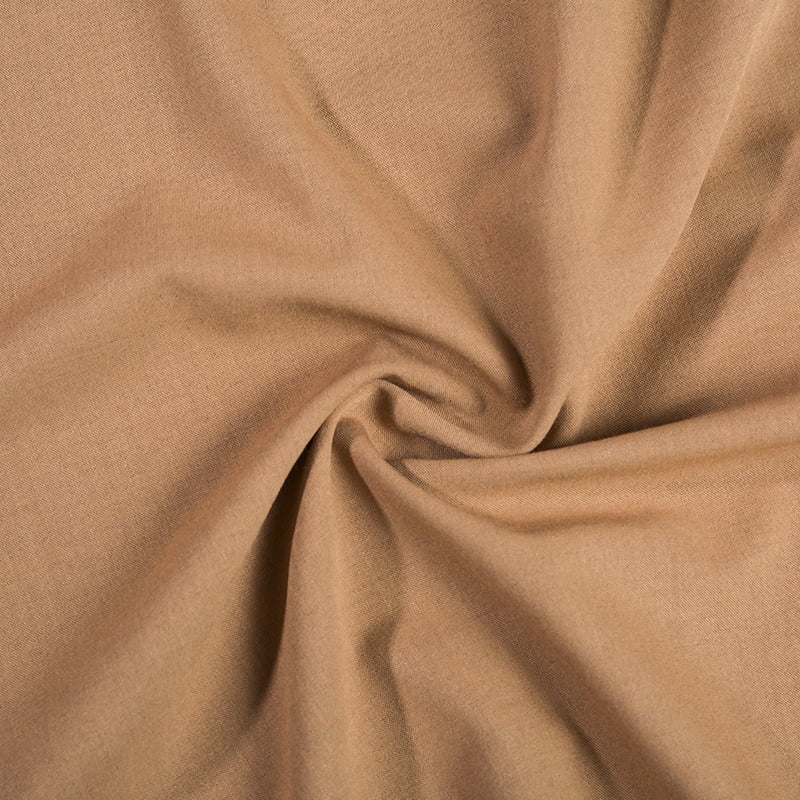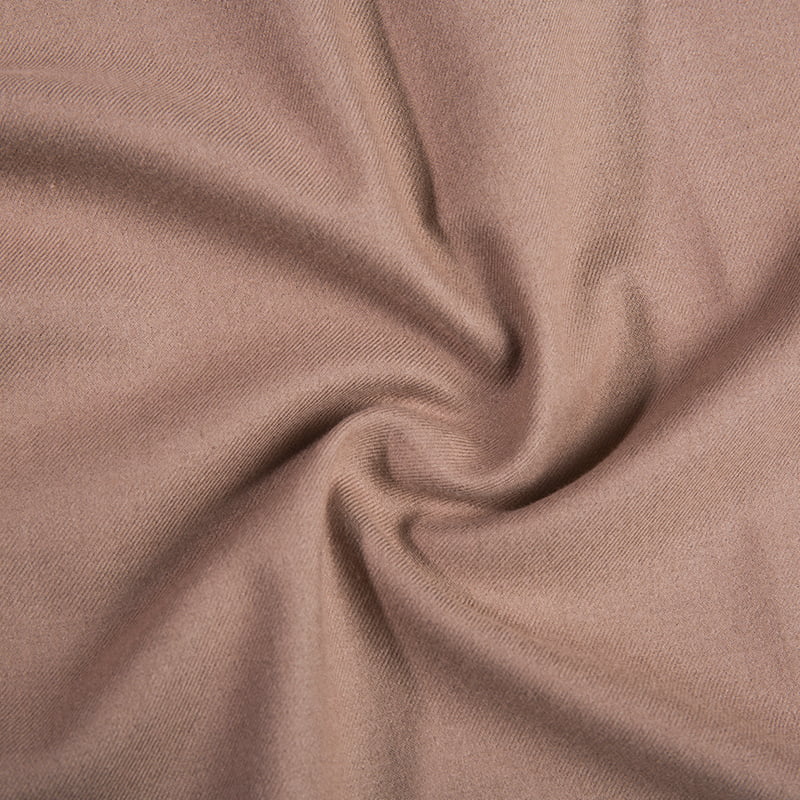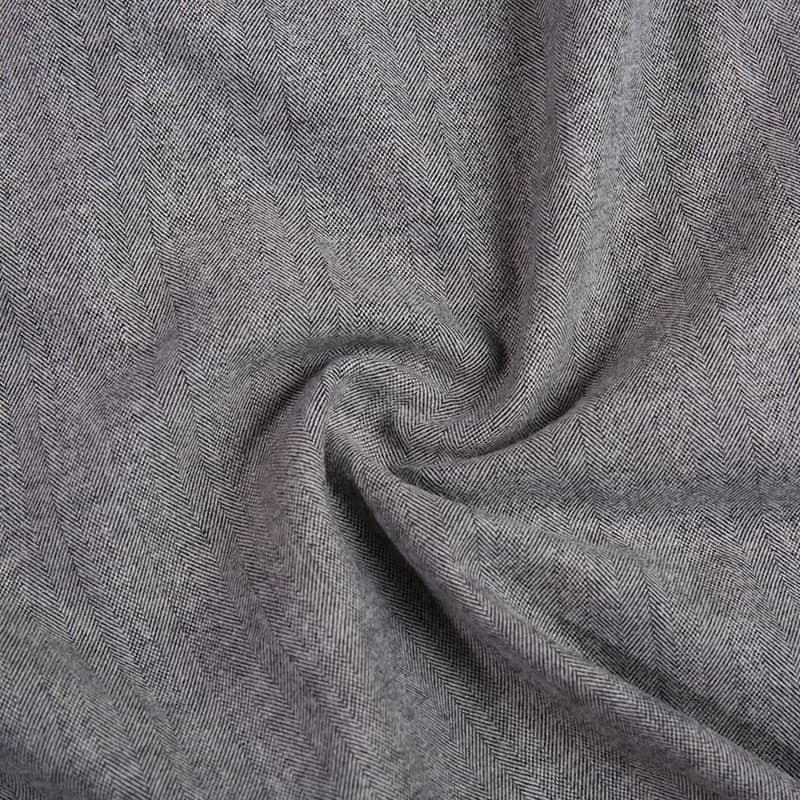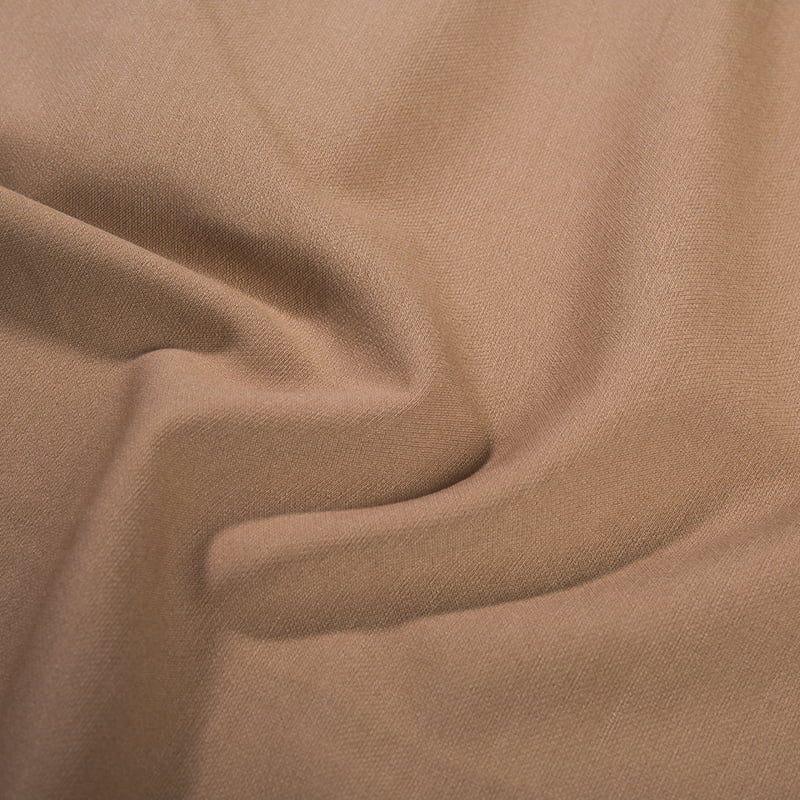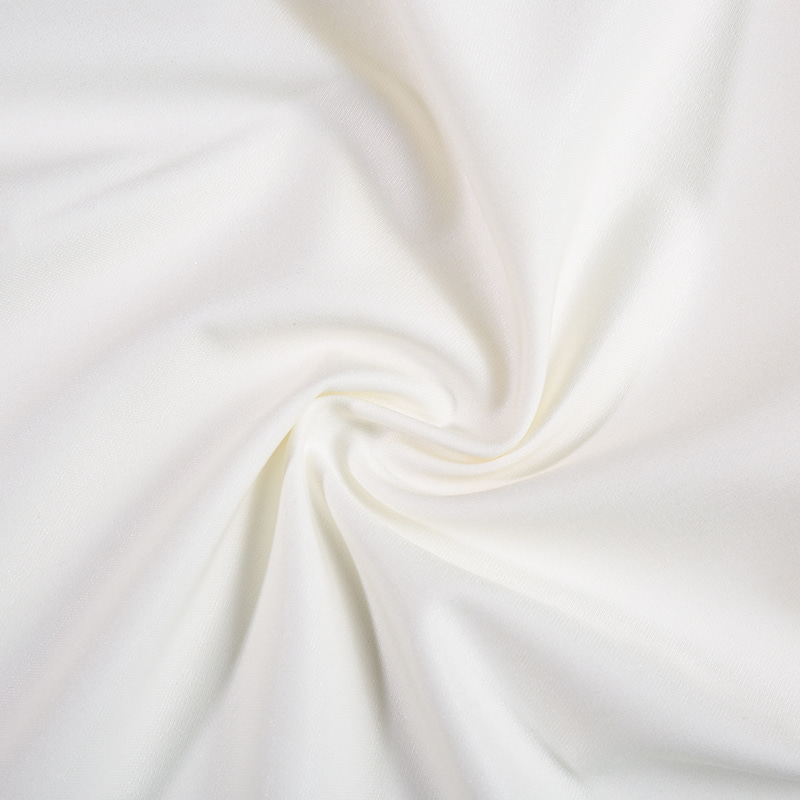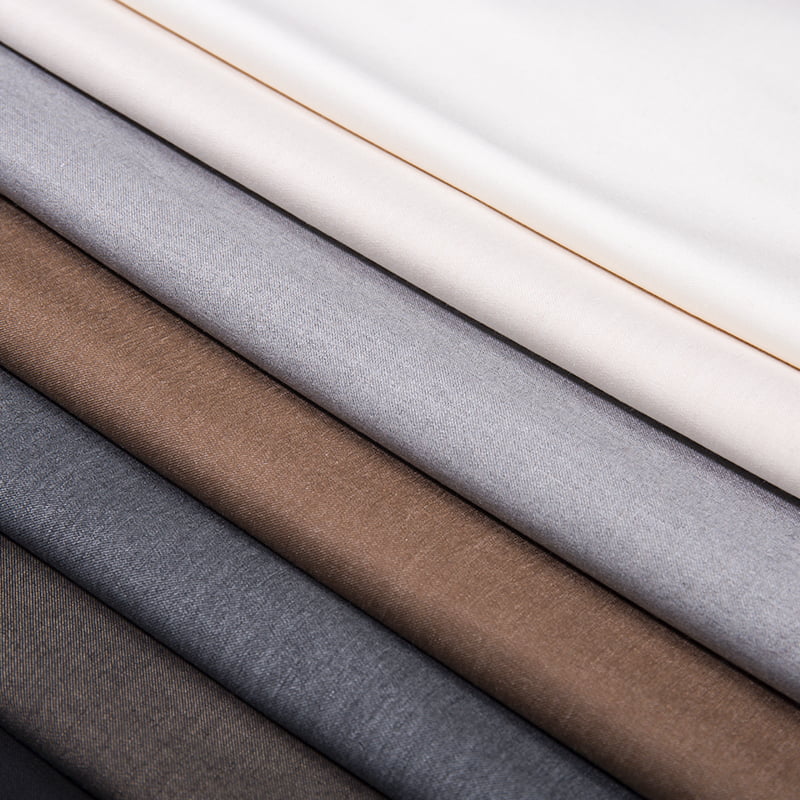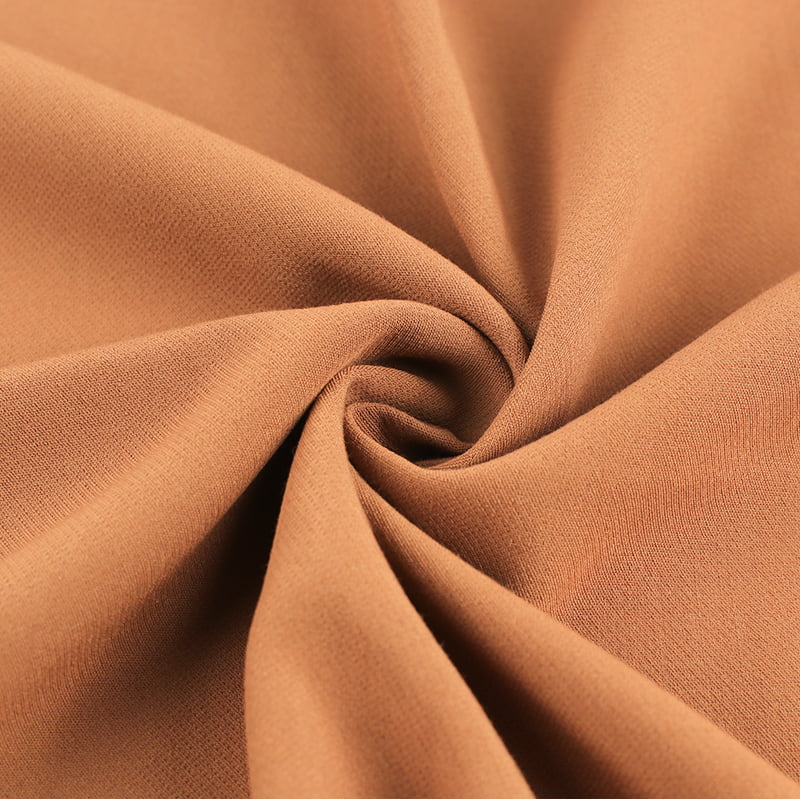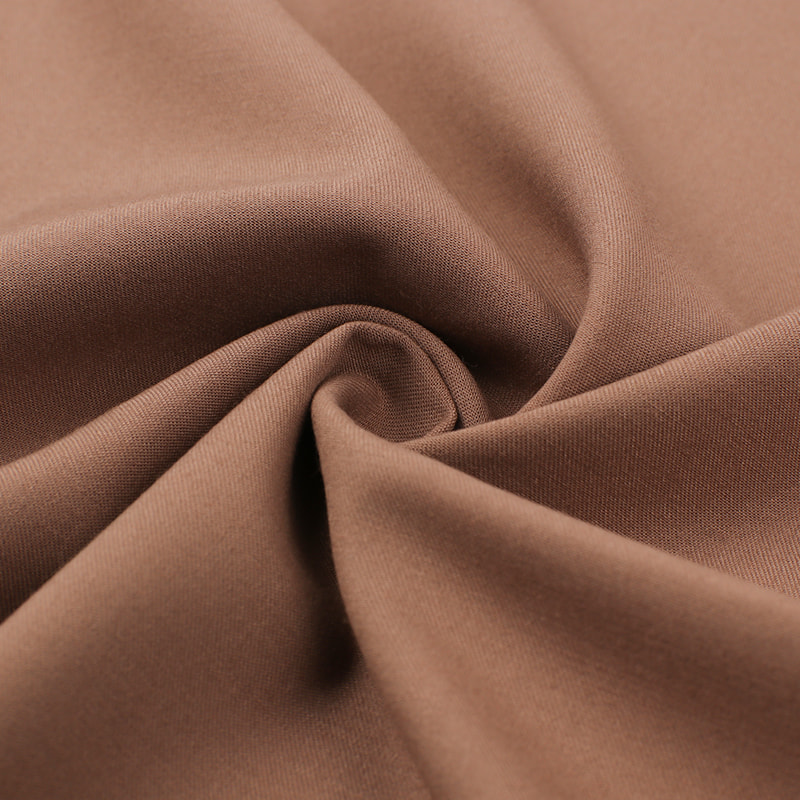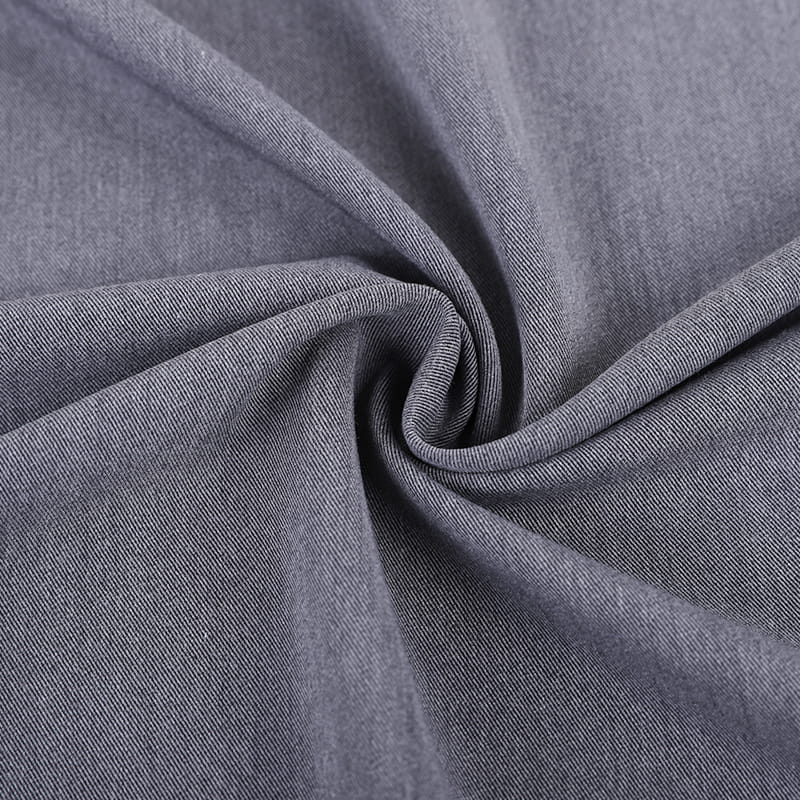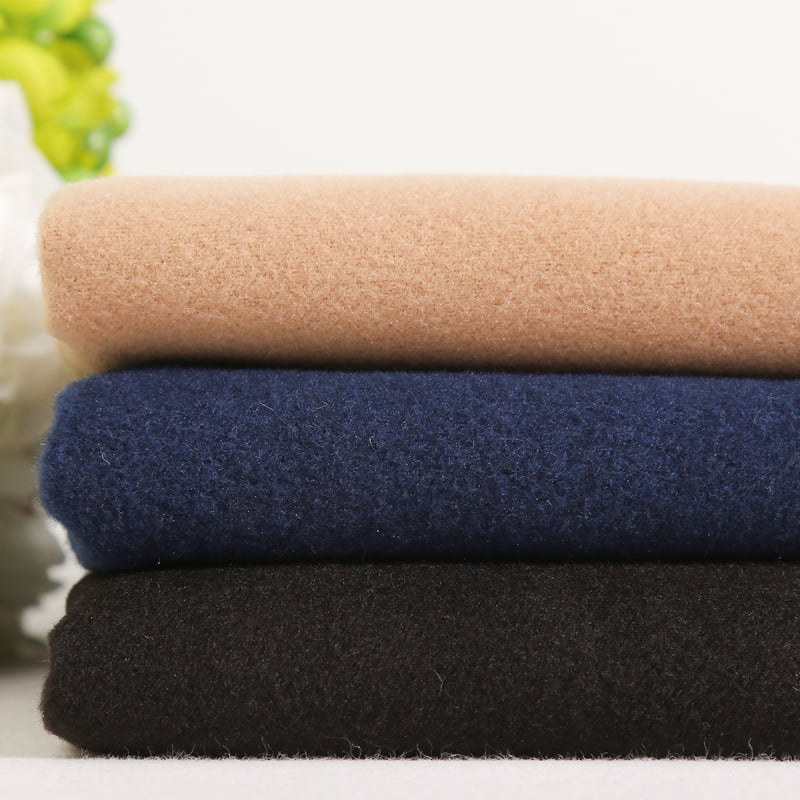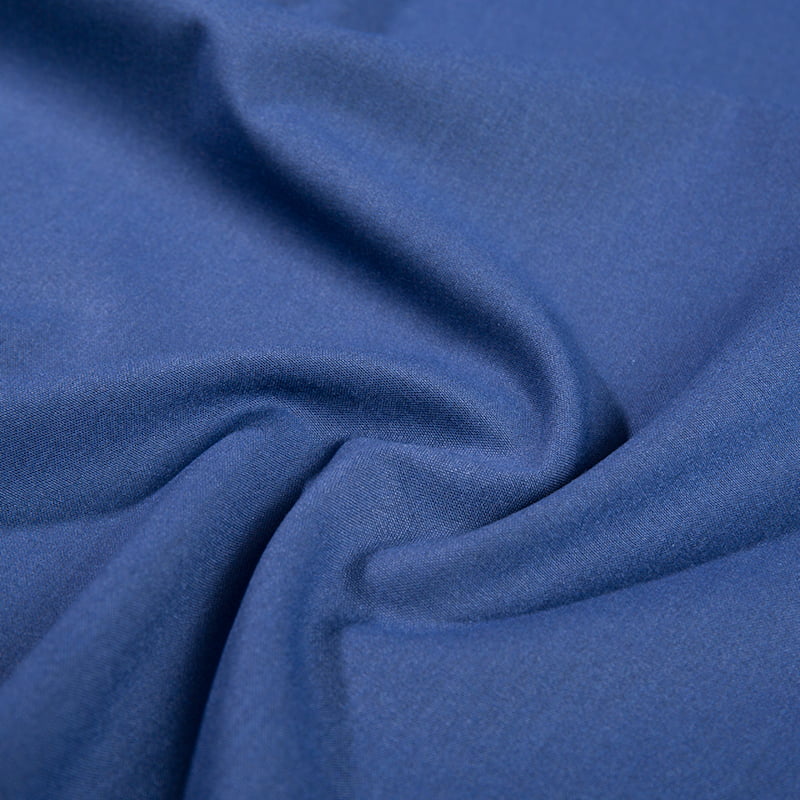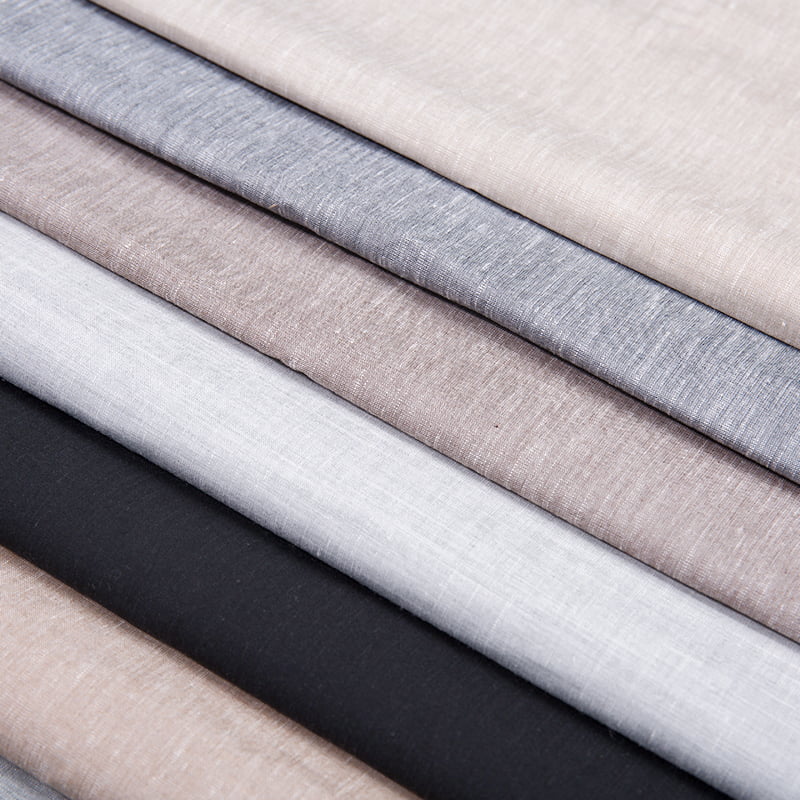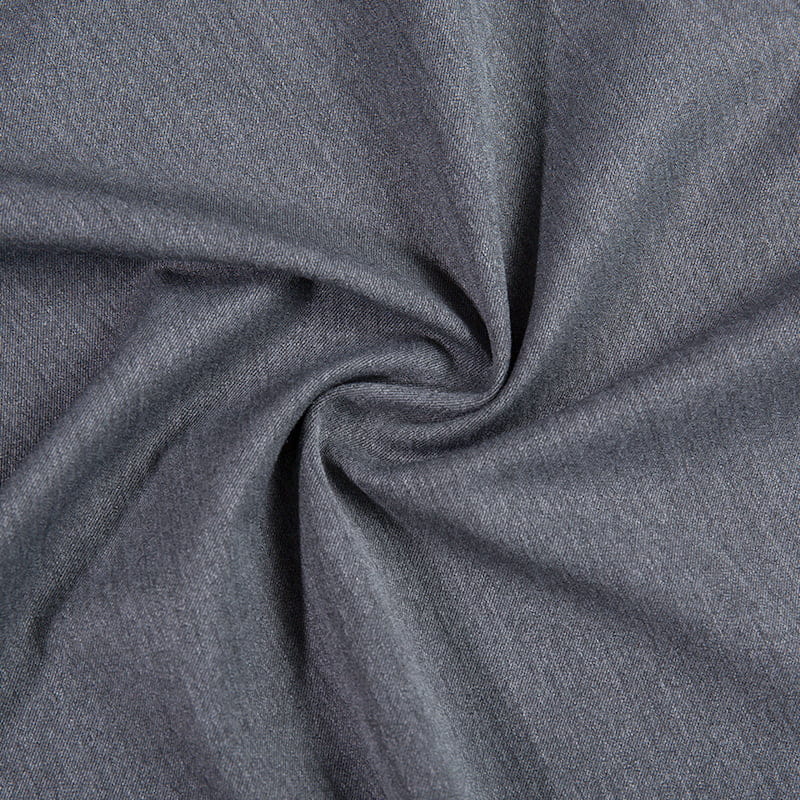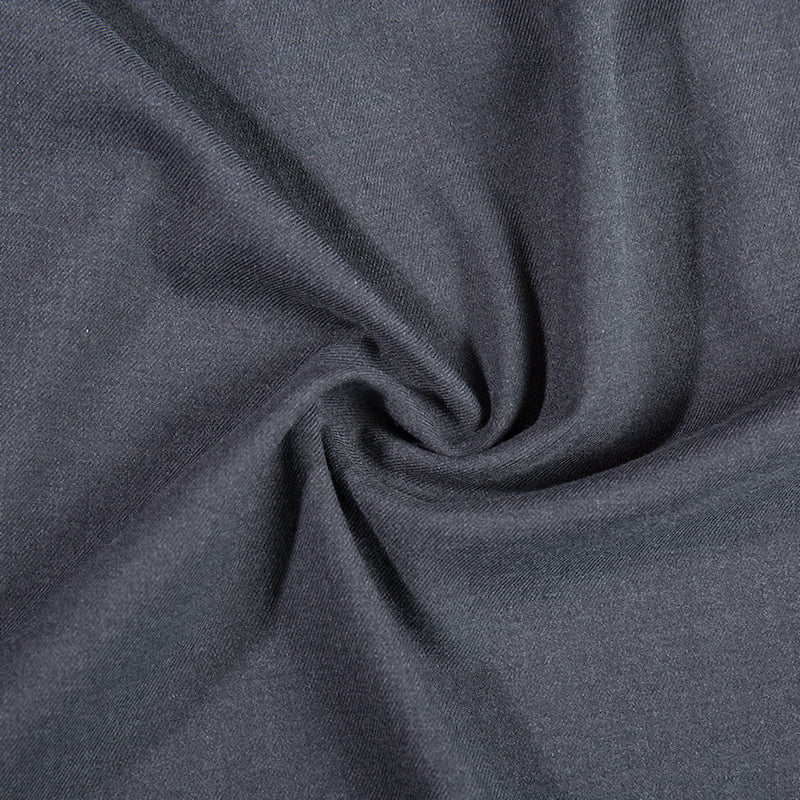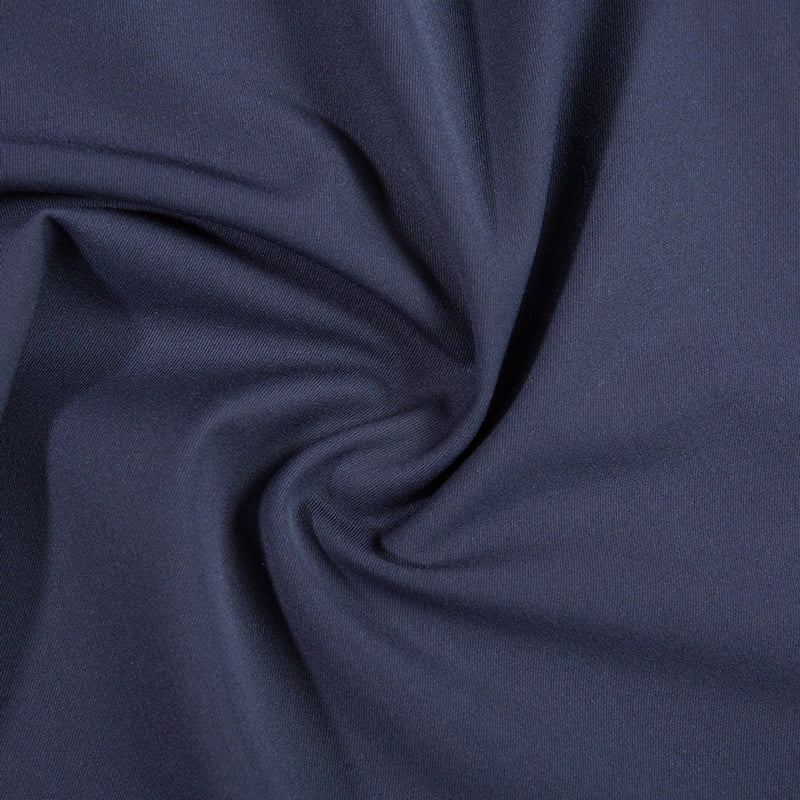FX50081 Heavy Weight Double Side Brushed Poly Rayon Spandex Fabric For Winter Coat uses plain dyeing and reactive dyeing
Plain dyeing
Plain dyeing is a basic dyeing method suitable for fabrics of various fiber types, including blended fabrics such as polyester, rayon and spandex. The process usually includes the following steps:
Preparation stage:
Choose the appropriate dye: According to the composition of the fabric and the desired color effect, choose the appropriate dye.
Prepare the dye solution: Dissolve the dye in an appropriate amount of solvent to form a uniform dye solution.
Dyeing stage:
Immerse the fabric completely in the dye solution to ensure that the dye can fully penetrate into the fiber. Dyeing is carried out under appropriate temperature, pH value and dyeing time conditions to fully combine the dye with the fiber.
Post-processing stage:
After dyeing, take out the fabric and wash it with water to remove the unfixed dye and auxiliaries.
Carry out subsequent treatments such as drying and shaping as needed to improve the performance and stability of the fabric.
The characteristics of plain dyeing are simple operation, relatively low cost, and the ability to color the fabric evenly. This dyeing method is suitable for the production of fabrics of various colors, especially for occasions with certain requirements for color uniformity and cost.
Reactive dyeing
Reactive dyeing is a more complex dyeing process, especially suitable for cellulose fiber fabrics, such as cotton, linen, etc., and blended fabrics containing cellulose fibers. The process usually includes the following key steps:
Pretreatment stage:
Pretreatment of the fabric such as desizing, scouring, and bleaching to remove impurities and oil stains on the fabric, improve the permeability of the dye and dyeing uniformity.
Dyeing stage:
Put the fabric into the dye solution containing reactive dyes and dye it under appropriate temperature and pH conditions. Reactive dyes can react chemically with fibers during the dyeing process to form covalent bonds, so that the dyes are firmly bound to the fibers.
Fixing stage:
After dyeing is completed, fixation treatment is carried out, and alkaline substances (such as soda ash) are usually used to increase the fixation rate of the dye. Fixation treatment can make the chemical bond between the dye and the fiber stronger, thereby improving color fastness.
Post-processing stage:
Includes steps such as washing and soaping to remove unfixed dyes and auxiliaries. Softening treatment, anti-wrinkle treatment and other subsequent treatments are carried out as needed to improve the feel and wearing comfort of the fabric.
The advantages of reactive dyeing are bright color, good light resistance, washing and rubbing fastness. This dyeing method can meet the requirements of high-end fabrics for color fastness and color brightness, and is particularly suitable for making various high-end coats and clothing.


 English
English 中文简体
中文简体 日本語
日本語 한국어
한국어 Español
Español русский
русский
